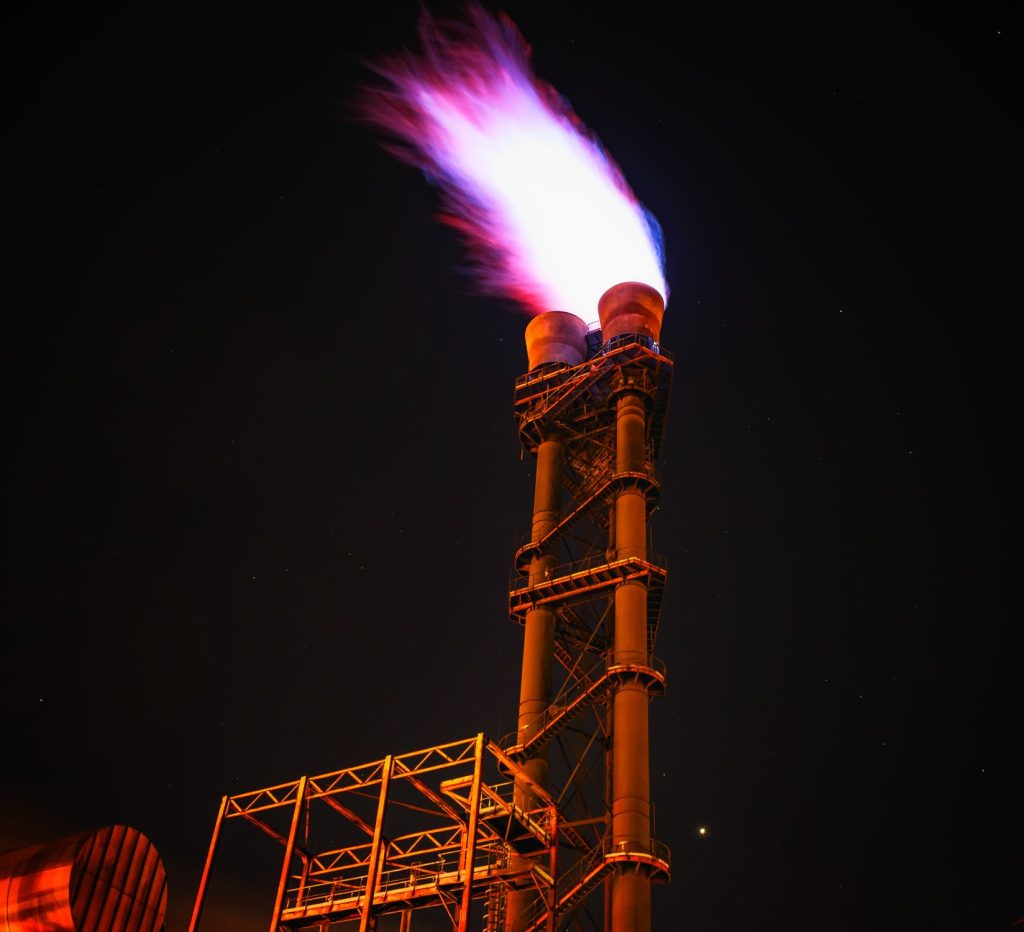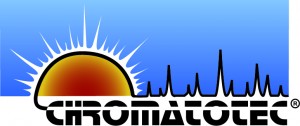
Odorization at low ppm level: Analysing H2S and mercaptans in natural gas for odorization.
Deodorization at ppb level: Specific sulfur analyses in natural gas post-deodorization. Important for natural gas and LPG companies.
Analysis of odorants in Liquid Petroleum Gas: Gas Chromatography ensures effective analyses directly from the liquid phase for people safety.
Odorization Injection and Control – Low PPM Analysis
Sulfur-based compounds, such as mercaptans and TetraHydroThiophene (THT), are added to make gas detectable by the human nose. This process is essential for leak prevention and compliance with international regulations.
Deodorization: ppb
The energyMEDOR ppb enables the detailed analysis of sulfur compounds in natural gas or quality control for disulfuric gas at ppb levels after deodorization. It serves various end users, including natural gas, transport, storage companies, LPG companies, and blend manufacturers like Philips Petroleum and Elf.
Analysis of odorants and other sulfur species in LPG
In Liquid Petroleum Gas odorization for leak detection, various sulfur-containing odorants like mercaptans and organic sulfides are used. Gas Chromatography is essential for quantitatively analyzing these odorants to ensure effective odorization. Analyzing directly from the liquid phase is crucial due to potential vapor non-uniformity, and the energyMEDOR® auto-GC analyzer with an LPG sampling valve addresses this issue. Learn more in the Case Study for detailed results.
Pipeline Integrity
Monitoring natural gas pipeline integrity during extraction and processing requires tracking Hydrogen sulfide (H2S) and Total Sulfur (TS) levels to meet standards and prevent equipment corrosion. Chromatotec® offers reliable online analyzers for safe measurement of these compounds, using the MEDOR® Sulfur Specific Electrochemical Detector (ED) to detect H2S every two minutes. If concentrations exceed limits, the gathering line can be closed until H2S levels are compliant. Key features include fast, specific, and low-maintenance analysis, internal calibration without the need for cylinders, remote monitoring, and a detector lifetime of over 10 years.
Hydrocarbons C1-C6+ measurement for Calorific Value and WOBBE index computation using the chromEnergy
The chromEnergy is an automatic industrial gas analyzer tailored for measuring hydrocarbons in natural gas. Employing a Thermal Conductivity Detector (TCD), it effectively detects and quantifies hydrocarbons ranging from C1 to C6+. When coupled with Chromatotec’s latest software, Vistachrom and specific mathematical module, the instrument can calculate both calorific value and the WOBBE index. Known for its high sensitivity and robustness, the chromEnergy serves as an ideal tool for characterizing natural gas.
Ne / H2 / O2 / N2 / CO / CH4 / CO2 analysis with chromaTCD
The chromaTCD is an automatic industrial gas analyzer using a sampling loop and specific analytical column for separation. It separates CH4 and CO2 from a composite peak, and Vistachrom software facilitates data storage, recalculation, calibration, and export, as well as column temperature and method programming, enabling various calculations like retention time, area, mass, and concentration profiles.
Turnkey solutions for biogas quality control
Chromatotec has developed an autonomous solution for continuous biogas quality control using gas chromatography with a TCD detector to provide precise and interference-free results. This self-sufficient system includes a hydrogen generator and multiplexer that can analyze up to 32 different samples automatically. It’s compact, rugged, and adaptable to industrial environments with minimal maintenance, offering temperature regulation and ATEX options for installation in explosive zones. It has already been deployed in household waste anaerobic digestion sites to monitor CH4, CO2, and H2S levels and ensure compliance with biogas production standards.
Deodorization process monitoring
Steam reforming is a process used to produce significant amounts of hydrogen from methane, requiring high-quality methane that is free from odorant compounds found in natural gas. To ensure accurate deodorization, it’s crucial to monitor the emission of sulfur compounds during their separation from natural gas. Chromatotec offers a solution to quantify hydrogen sulfide at both high (low ppm directly into the natural gas pipeline) and very low (low ppb after the deodorization process) concentrations. This dual-range system utilizes two different sampling loops, automatically switching between them to prevent system saturation or signal issues.




